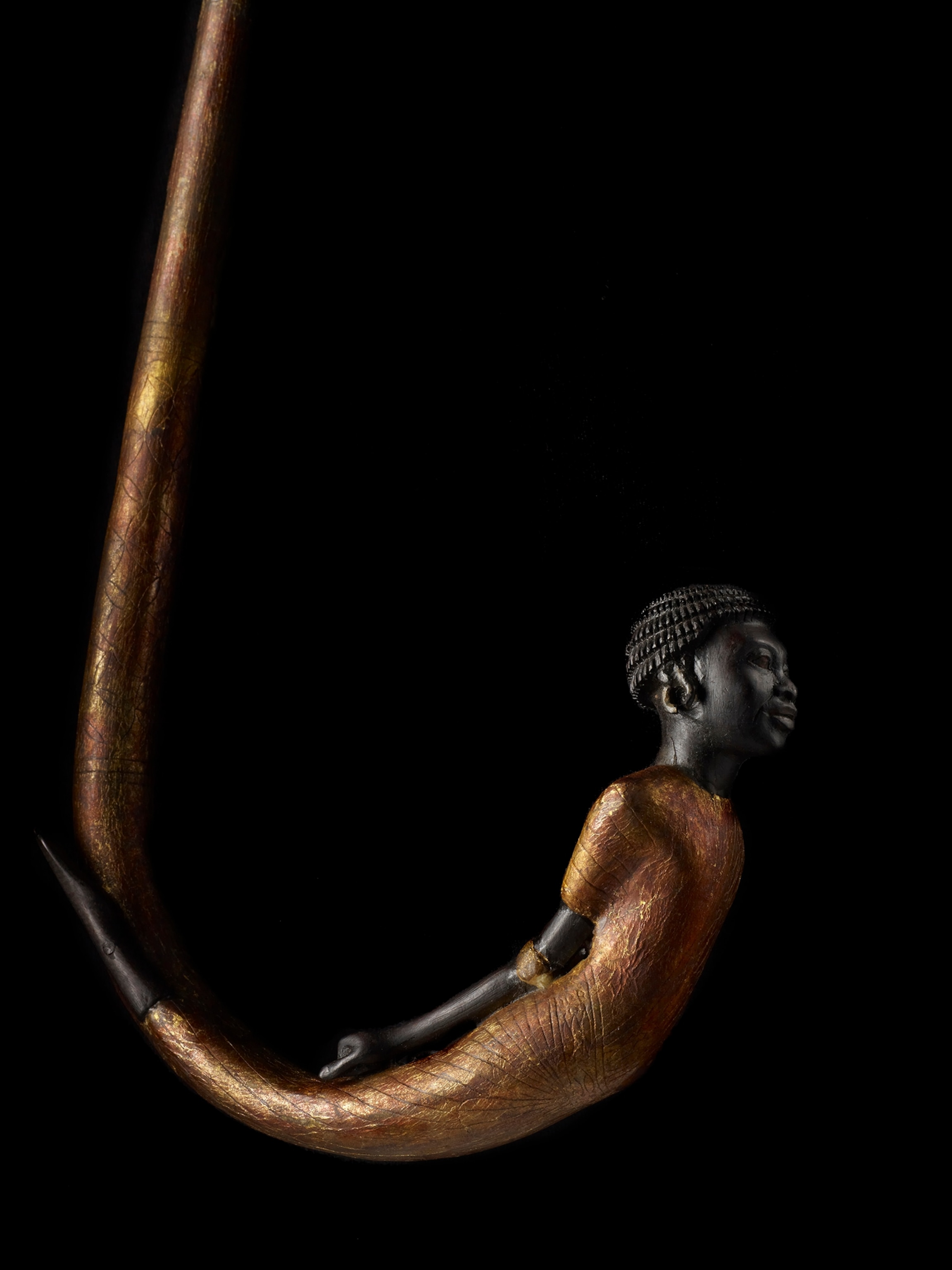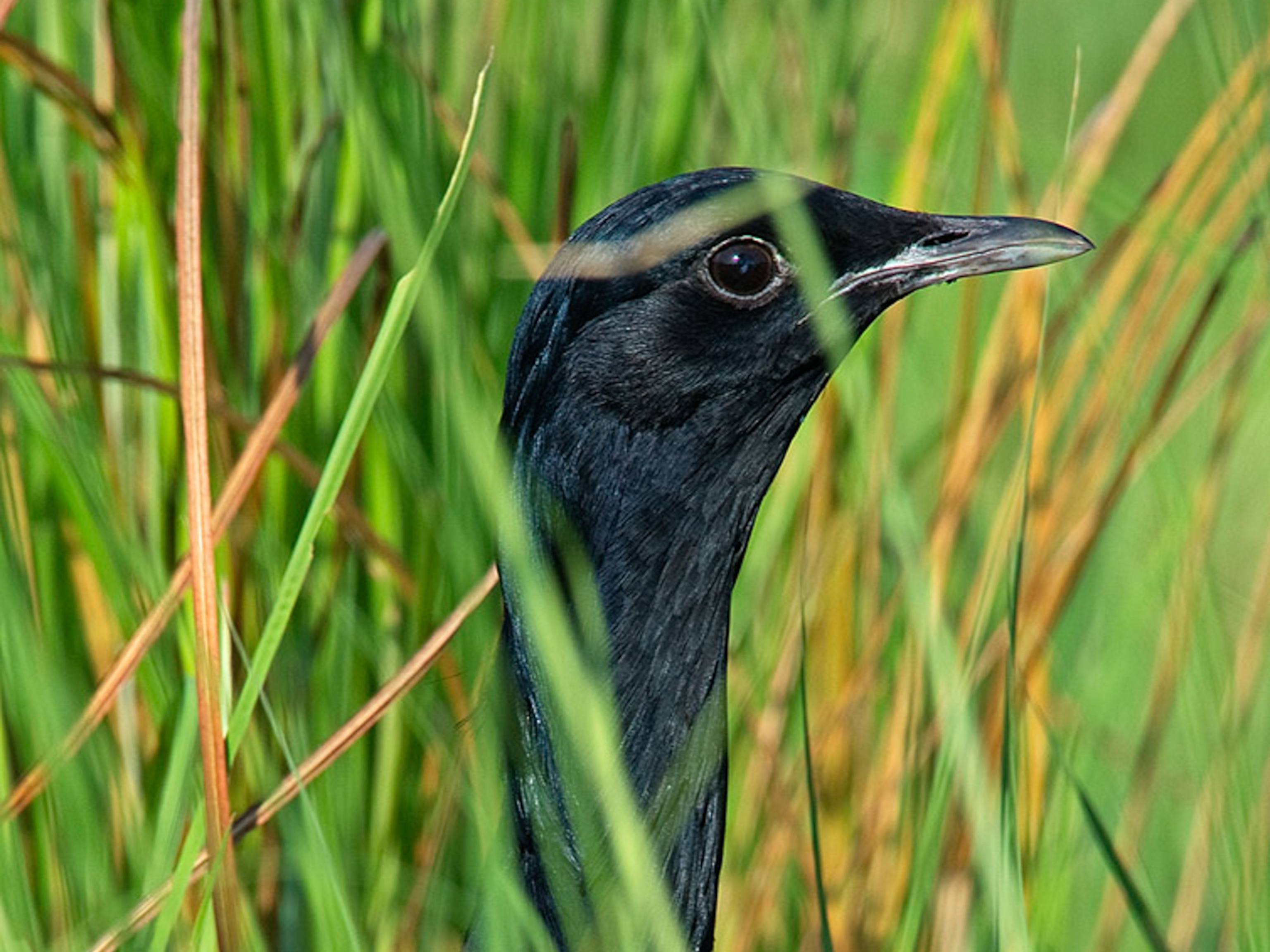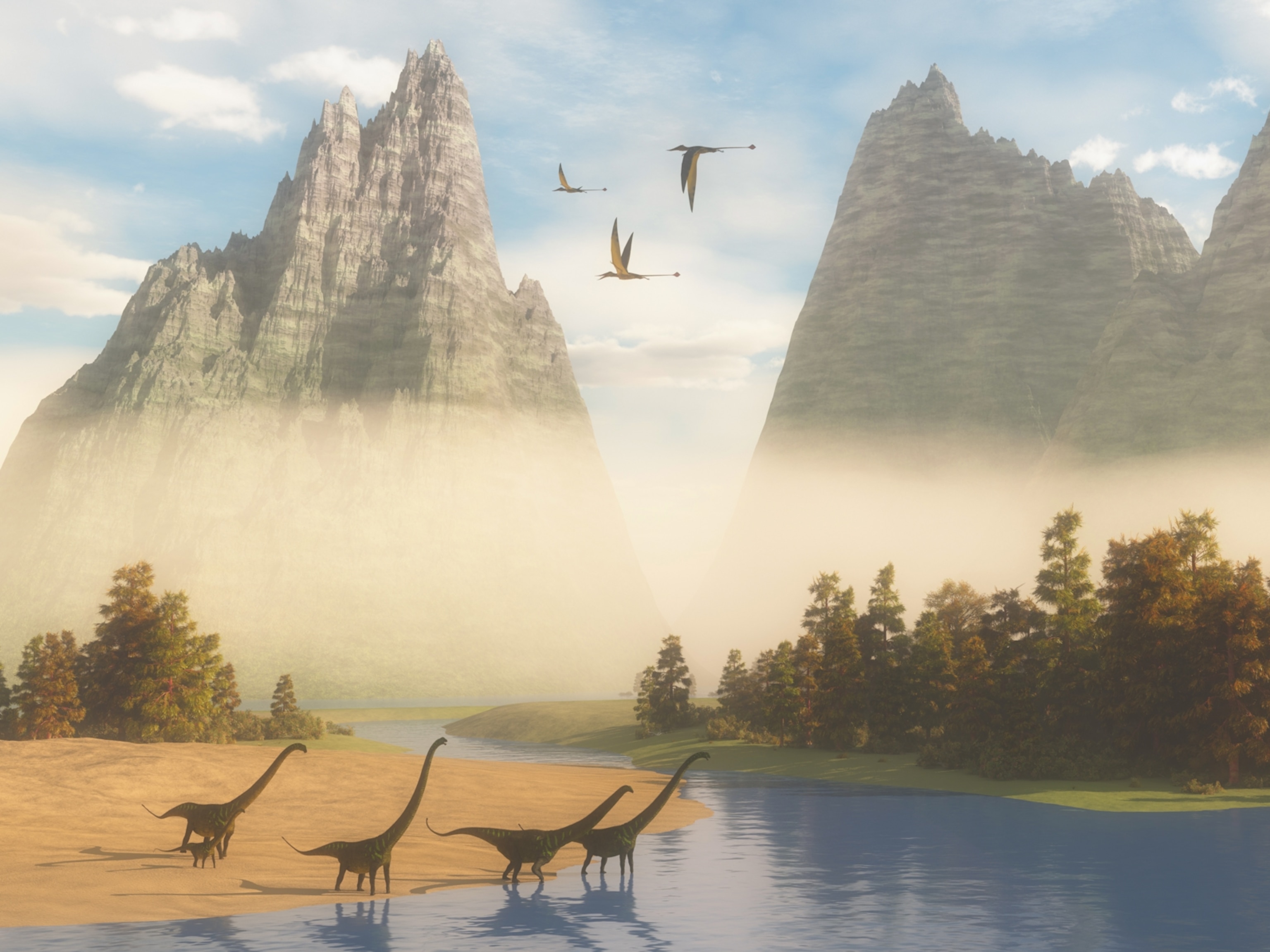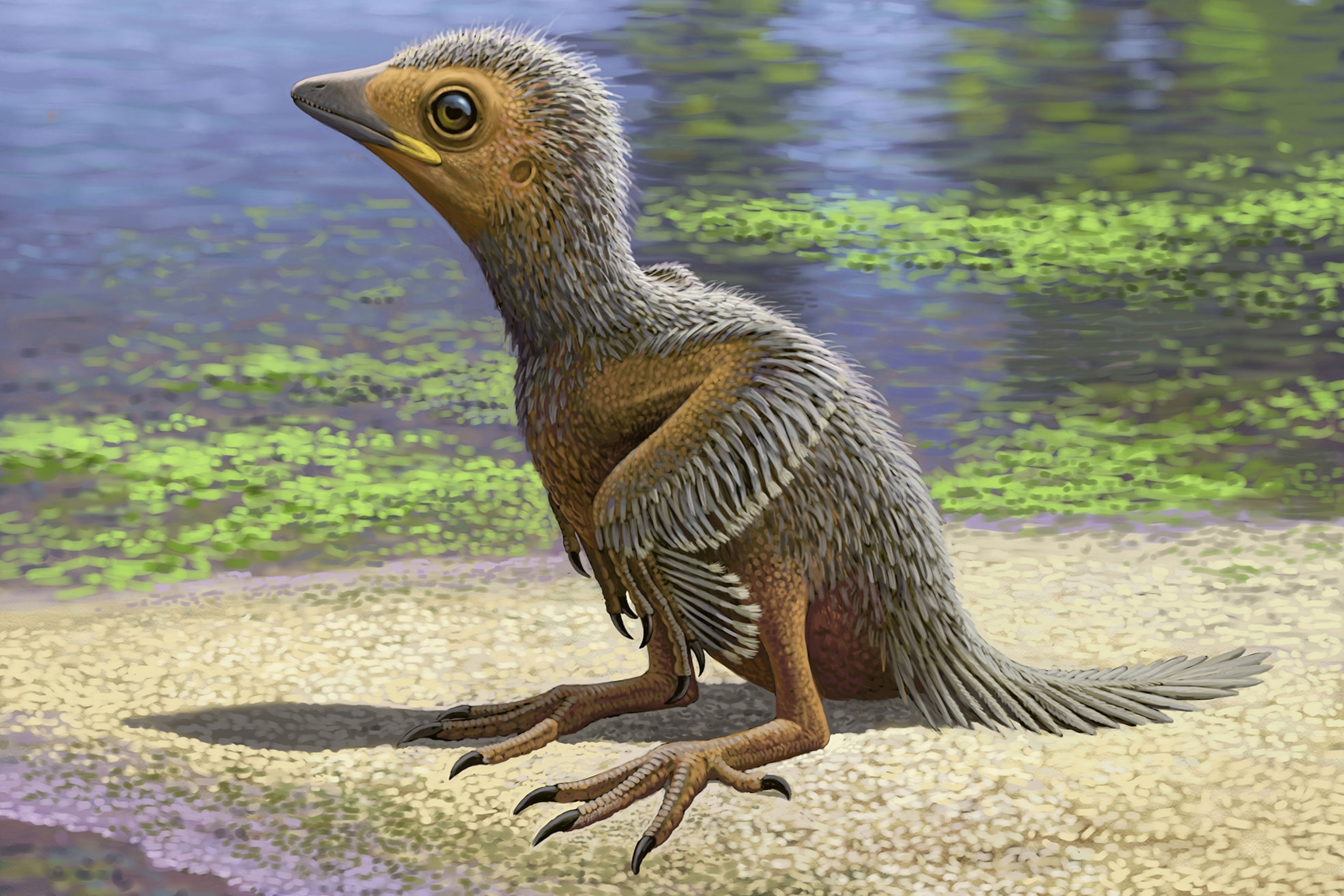
Rare Baby Bird Fossil Found in Dino-Era Rock
The 127-million-year-old hatchling could provide insight into avian evolution.
Look at the length of your pinky finger. There was once a teeth-bearing, claw-wearing bird on this planet that was just that small.
About a decade ago, scientists unearthed the fossilized remains of a baby bird at the bottom of a lake in central Spain. With recent analysis, they have found that the nearly complete avian skeleton dates back roughly 127 million years, putting it in the Mesozoic Era, during the time of dinosaurs.
The fossil is of a young hatchling belonging to the Enantiornithes family, a group of prehistoric birds. These flyers would have looked similar to modern birds, but with teeth and clawed fingers at the ends of their wings. The specimen is less than two inches long and would have weighed just three ounces in life, making it possibly the smallest Mesozoic avian fossil known to date.
And this immature hatchling find could provide some clues about how ancient birds developed over time. A study, led by University of Manchester senior researcher Fabien Knoll and published March 5 in the journal Nature Communications, outlines just that.
YEAR OF THE BIRD
In 1918 Congress passed the Migratory Bird Treaty Act to protect birds from wanton killing. To celebrate the centennial, National Geographic is partnering with the National Audubon Society, BirdLife International, and the Cornell Lab of Ornithology to declare 2018 the Year of the Bird. Watch for more stories, maps, books, events, and social media content throughout the year.
Baby Bird Bones
Since the bird likely died soon after it hatched, it's difficult to identify its species, says study co-author Luis Chiappe, director of the Dinosaur Institute at the LA Natural History Museum. It could have died in a forest nearby and then may have been brought to the lake at the Los Hoyas archaeological site in central Spain. There, it would have fallen to the bottom and been preserved for millions of years.
"[Hatchling fossils are] extremely fragile and very difficult to find in the fossil record," Chiappe says. "[This find is] really neat because it's one of those very rare, very young individuals."
The team used a synchrotron—a high-tech particle accelerator that studies miniscule matter using very intense light—to zoom in on the specimen at the submicron level. There, they were able to observe the detailed microstructures of the bones.
The skeleton only lacks its feet, most of its hands, and the tip of its tail. Its partially crushed skull is large in relation to its body, and its bones are largely disarticulated. The nearly complete specimen is smaller than others, but its wings are larger than complete isolated wing remains described from mid-Cretaceous Burmese amber.
The young hatchling would have been in a critical stage of skeletal formation when it died, so its bones could provide insights about the species' bone structure and development. Its sternum is made of cartilage, meaning it hadn't fully developed at the time of death.
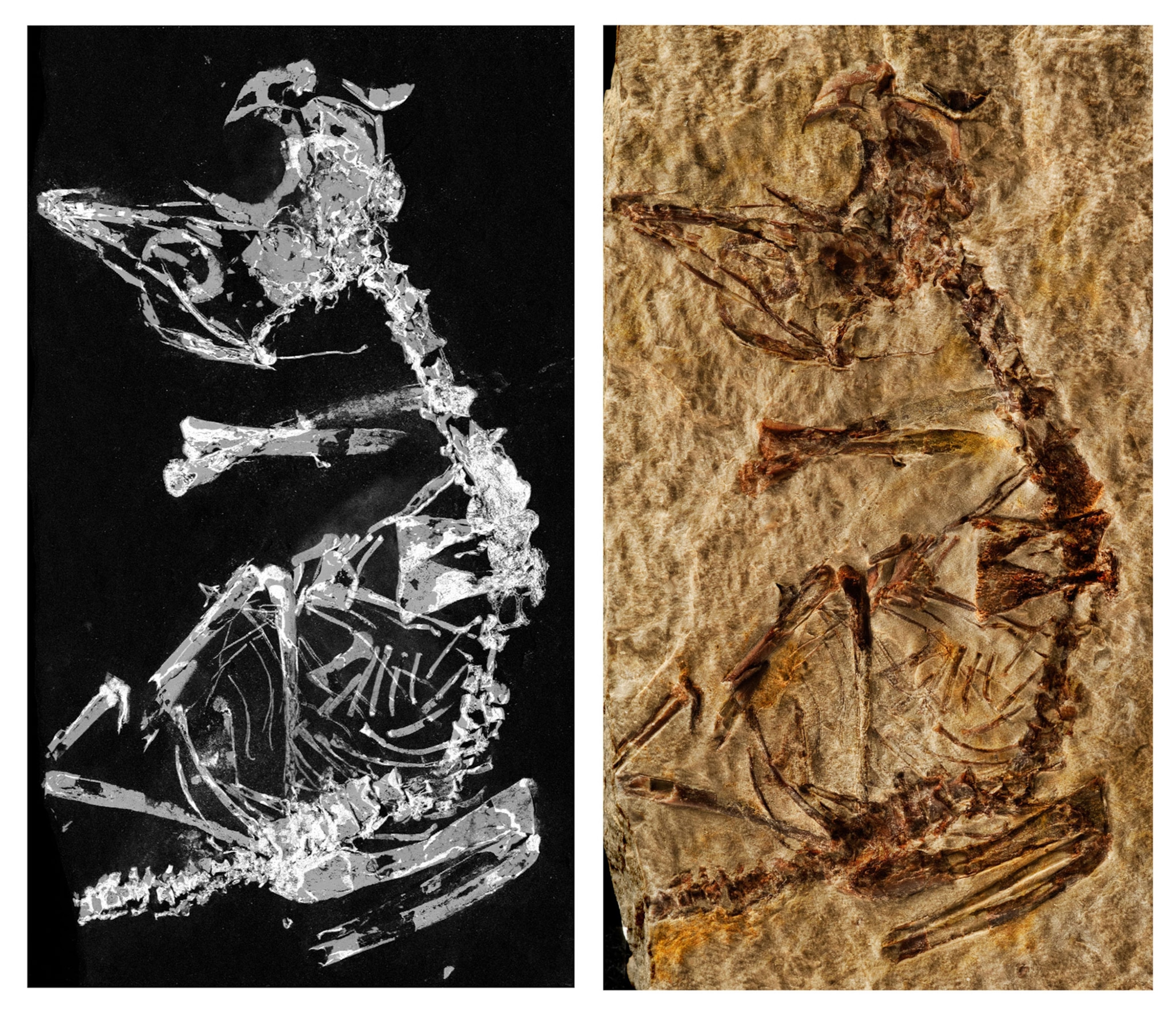
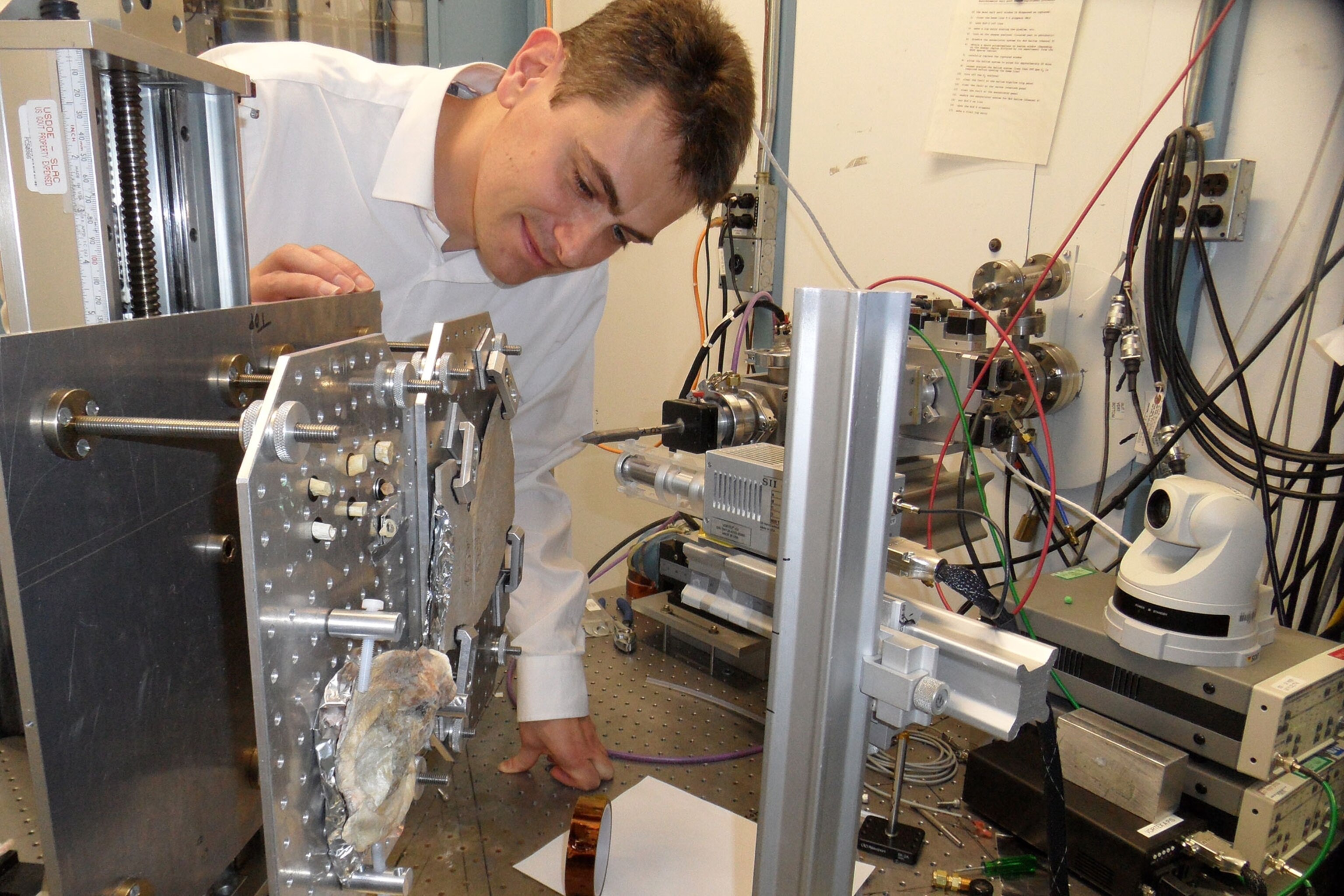
"It gives some hint as to flight ability," says Ryan McKellar, curator of invertebrate paleontology at Canada's Royal Saskatchewan Museum. (McKellar was not involved in the study.) "It would have been a weak flyer probably, if at all."
But being youthfully flightless didn't necessarily mean the hatchling was dependent on its parents. Some modern birds, like love birds, are born naked with their eyes shut, so they rely heavily on their parents from birth. But others, like chickens, are fiercely independent, born with feathers and able to move from the time they hatch.
This shows that birds in the group Enantiornithes were more diverse than paleontologists have previously thought them to be.
"Our goal is to understand the deep history of the bird lineage and to get a better idea of how early some of the birds develop the same types of strategies and systems that we see among living birds," Chiappe says.
Avian Preservation
Birds are perfect for surveying bone development because they have large, easily accessible eggs. They also have to be able to fuse their bones to strengthen their skeletons, which must withstand the stress of flight.
This isn't the first hatchling to be discovered, but it's certainly one of the smallest. Other fossilized samples have been found preserved in tree sap. Last year, a 99-million-year-old hatchling from the same enantionithes family was found in a chunk of Burmese amber. Other remains of birds, along with ticks, spiders, and dinosaur feathers, have also been found.
Sometimes, recrystallization can damage the structure of fossils. But this hatchling is still well preserved. McKellar says the preservation of the bone in this specimen appears to be just as good as it would be had it been preserved in Burmese amber.
"There are spectacular finds that are coming out of many places," Chiappe says. "We're very fortunate to be living now, from that perspective."



